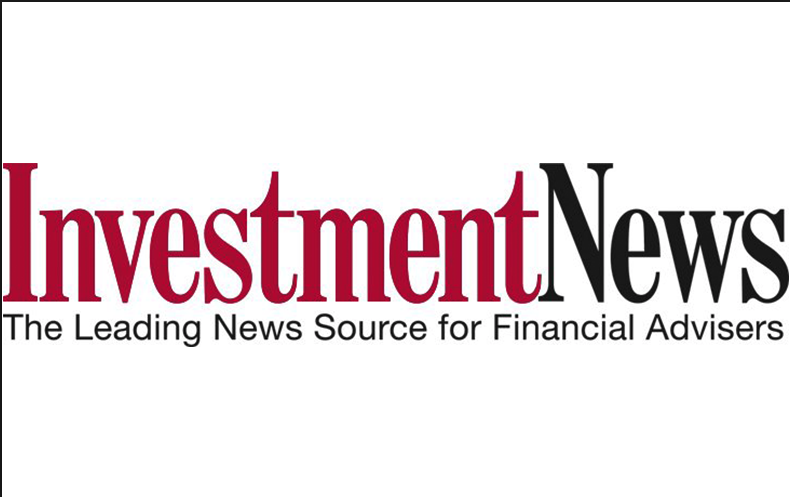The sudden departure of “Bond King” Bill Gross from Pimco to fund manager Janus Capital Group Inc. shocked observers and was easily the most talked-about bond fund news event of this year, if not of the past several years.
Mr. Gross ran the world's largest bond mutual fund, Pimco Total Return (PTTAX), as well as one of the largest actively managed bond exchange-traded funds, Pimco Total Return ETF (BOND).
Upon the news of his departure Sept. 26, investors pulled billions from his former mutual fund and nearly $550 million from the exchange-traded fund.
[More: Bill Gross explains why being an ‘Asperger’ made him a better investor]
PASSIVE PRODUCTS HURT, TOO
In all, Pimco's actively managed bond ETFs saw total net outflows of $507 million for the third quarter, while the firm's passive products found the situation even more trying: net outflows reached an estimated $979 million, with Pimco 0-5 Year High Yield Corporate Bond Index ETF (HYS) bleeding nearly $1.2 billion (a couple of Pimco's passive TIPS products succeeded in drawing net inflows to make up the difference).
While Pimco's outflows continued to draw attention, bond ETF investors remained steadfast in their commitment to the asset class, contributing a net $4.7 billion for the third quarter. This marked the third consecutive quarter of net inflows after last year's “taper tantrum” prompted bond ETF investors to pull out a net $5.9 billion over the final two quarters of 2013.
The single biggest winner in this past quarter's race for assets was Vanguard Total Bond Market Index Fund ETF (BND), with a net inflow of $2.3 billion — almost twice as much as the next closest competitor, iShares Core U.S. Aggregate Bond (AGG), which had net inflows of $1.3 billion.
VANGUARD, ISHARES LEAD PACK
As is usually the case, Vanguard and iShares products occupied all 10 of the top positions for net inflows. iShares also found itself with a few products that investors didn't want to keep: iShares 7-10 Year Treasury Bond (IEF) saw net outflows of nearly $1.4 billion, the aforementioned HYS was next at $1.2 billion of net outflows, and iShares iBoxx $ High Yield Corporate Bond (HYG) had net outflows of $942 million.
High-yield ETFs held the quarter's title for the most outflows from a particular strategy; investors yanked a net $3.2 billion from them. In fact, high-volatility strategies tended to see outflows, while safer and more diversified choices saw inflows; ETFs in Lipper's Core Bond Funds classification, such as BND, AGG and others, saw net inflows of $5.1 billion.
Jeff Tjornehoj is head of Americas research for Lipper.







